Sake is starting to gain popularity abroad, but there are so many other delicious (and strong!) Japanese drinks that people don’t seem to know about! Whether it’s your first or your 15th time to visit Japan, these are some of the amazing Japanese drinks you need to try at least once.
Contents
Japanese beer
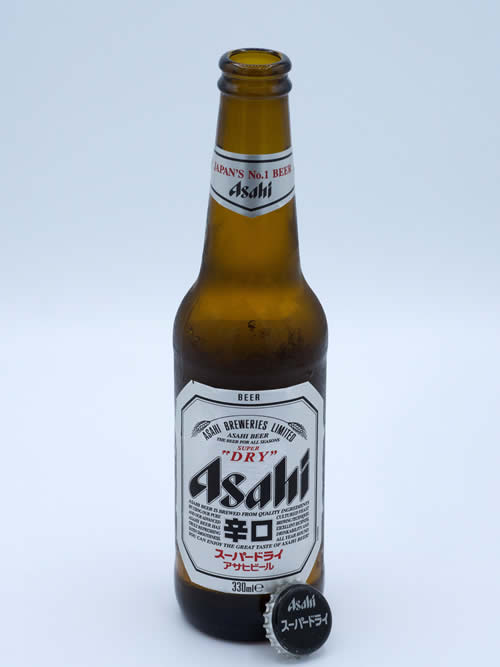
Japanese beers, like Sapporo and Asahi, are a great first place to start with Japanese alcoholic drinks. They’re light in flavour, and typically have an alcohol content of around 5%. They work really well on their own or with food – they go particularly well with the numerous fried dishes that can be found at Japanese Izakaya (Japanese style pubs)! If you’re looking for a light taste in summer, a can of Japanese beer is a great way to start a night.
Typical drinking styles: Refrigerated; canned; with a lot of head (foam)
Umeshu
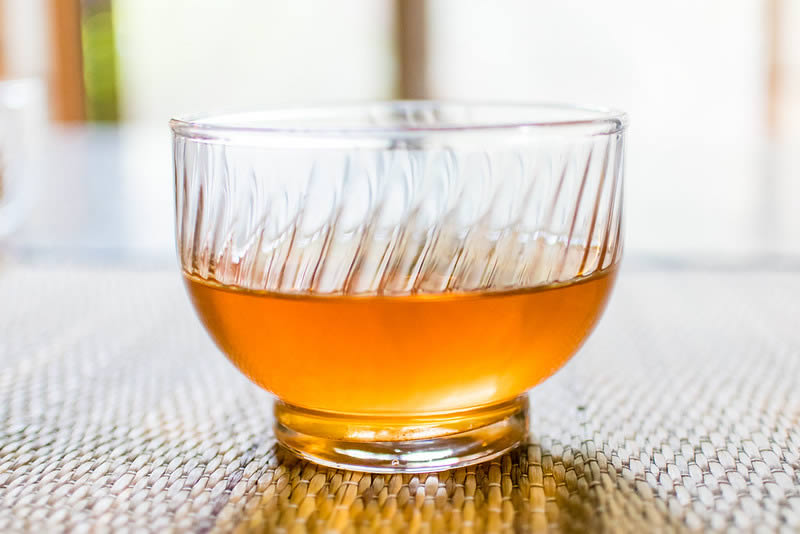
Umeshu is one of the most underrated Japanese drinks! Ume means “plum” and shu literally means “alcoholic drink”, so umeshu is often translated as “plum wine”. It’s usually fairly sweet, but there are a number of different ways that it can be made and drunk, intensifying or mellowing out the sweetness. It’s commonly made with Japanese plum, sugar, and shochu, but these days you can often find versions with brown sugar or even whisky blends, that have a deeper, oaky flavour. The alcohol content can range from 10% to 15%, and one of the most popular brands is Choya, who make a variety of different umeshu.
Typical drinking styles: On the rocks; with soda; with hot water; with tea
Japanese Sake
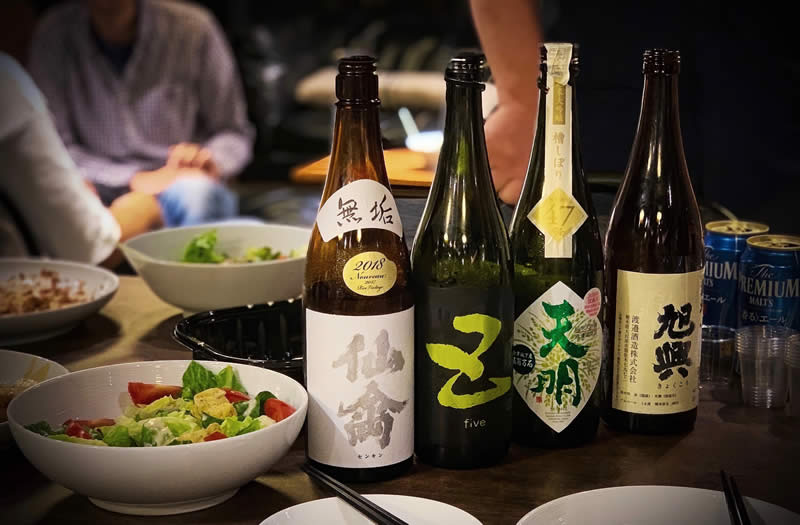
Sake is one of Japan’s most well-known alcoholic drinks, with an alcohol content of around 15%, and a strong flavour to boot! It’s often referred to as Nihonshu interchangeably, and is made with a base of rice, water, a fermenting agent called koji, and yeast. Sake has a wide range of flavour profiles, from light and crisp to rich and fruity. There are so many different types of sake, and this mostly comes down to how the rice is “polished”. The rice is polished because the outer layers of the rice can create an unpleasant flavour, and generally sake that has polished away 40% or more of the rice grain creates a deeper, richer flavour. We won’t go into all the details of this highly versatile alcoholic drink here, but know that there are plenty of places to try it out all over Japan!
Typical drinking styles: Straight; on the rocks; with hot water
Shochu
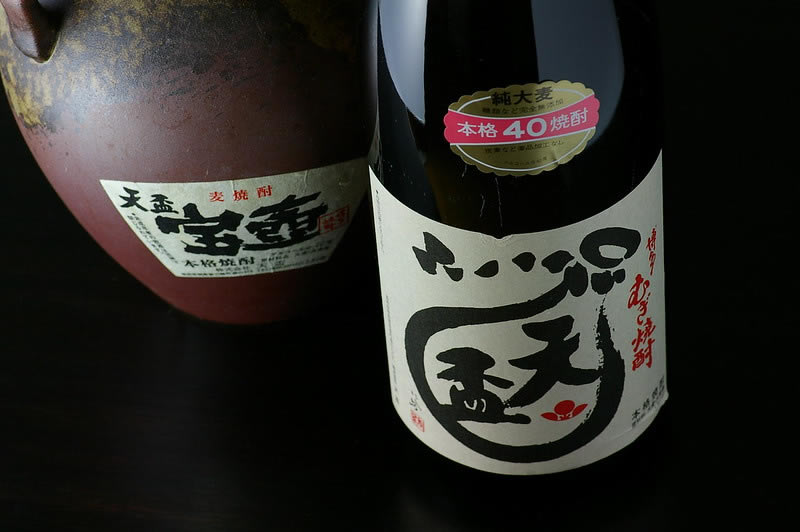
So, what’s the difference between sake and shochu? Although these can be confusing, they’re quite different! Whereas sake is only ever made with rice, shochu can be made using a much more diverse range of ingredients. Most commonly, shochu is made with imo (sweet potato) or mugi (wheat), but there are many creative ingredients as well, ranging from corn to chestnut.
How shochu is made is also quite different. Whereas sake is a brewed alcohol, shochu is a distilled liquor, resulting in a drier flavour with a more alcoholic bite, and a stronger alcohol content, coming in at around 25%. This is certainly not one for quick drinking, and should be savoured and sipped.
Typical drinking styles: Straight; on the rocks; with cold water; with hot water
Chu-hai
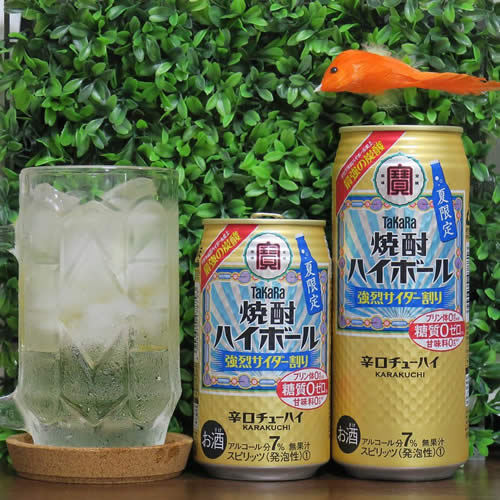
If you find yourself lost between incredibly fancy bottles of sake and shochu, chu-hai is a much more down-to-earth option! The name chu-hai comes from an abbreviation of “shochu highball”, but is not always made with shochu. It is generally made with a spirit, carbonated water, and perhaps some kind of flavouring. Generally speaking, it’s the same thing as another Japanese drink called a “sour”. But sometimes bars and Izakaya might differentiate the two, with sours having a more citrus or fruity flavour added, and chu-hai remaining unflavoured. These are readily available in cans in convenience stores as well as at izakaya, but the alcohol content can vary drastically – ranging from around 5% to 12%.
Typical drinking styles: Refrigerated; canned
Highball cocktails
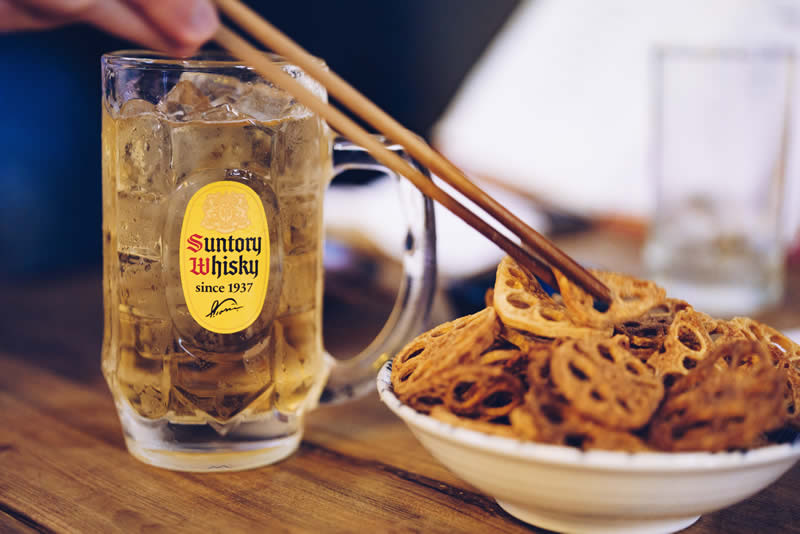
This is another Japanese drink that is sometimes used interchangeably with chu-hai and sours! But typically a “highball” is made with whiskey and soda, and often has a third ingredient added. One of the most popular combinations for a bit of sweetness is the ginger highball, which contains ginger ale as a mixer. This is a great choice if you ever decide to experience a nomihoudai, which is an all-you-can-drink service offered at most izakaya, with a time limit and a set price. Just remember, most nomihoudai make their drinks a bit weaker to compensate, so you might find yourself full of bubbles before feeling tipsy!
Typical drinking styles: Refrigerated; with a flavoured mixer
Coca-Cola’s Lemon Sour
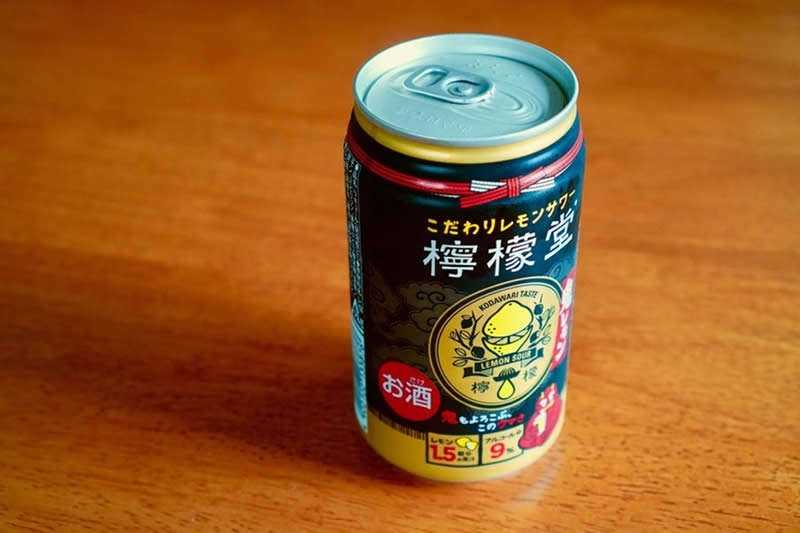
“Did I read that right?” Yes! Coca-Cola has a range of alcoholic drinks in Japan! These are a relatively new addition to Japan’s alcoholic drink scene, but they are certainly an enjoyable one. Their alcohol content ranges from 3% to 9%, and they have somehow managed to create a variety of different flavours with just lemon sour. Ranging from salty lemon to “oni lemon” (demon lemon, pictured), it’s hard to resist not trying them all when you spot them in a convenience store!
Horoyoi
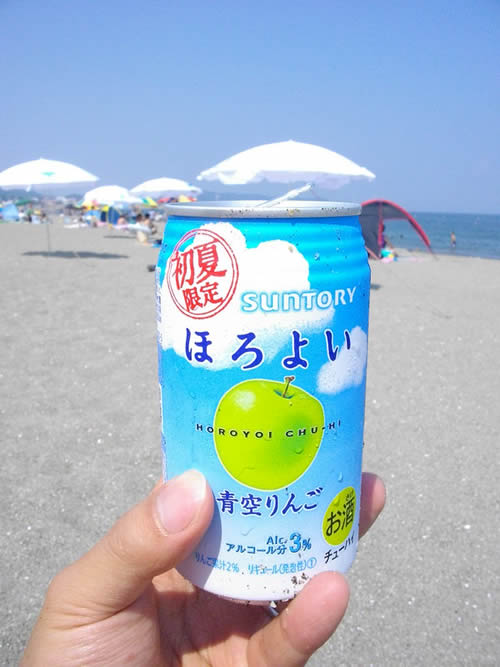
If you want something fun and fruity, but not too strong, Horoyoi is your best friend! Horoyoi comes in a range of different flavours, with just a 3% alcohol content. It was made by the Japanese alcohol brand Suntory, specifically for those who don’t particularly enjoy the taste of alcohol. These drinks taste pretty much like fruit juice, and are a great option for a casual hanami (cherry blossom viewing) party.
Typical drinking styles: Refrigerated and canned only
Japanese wine
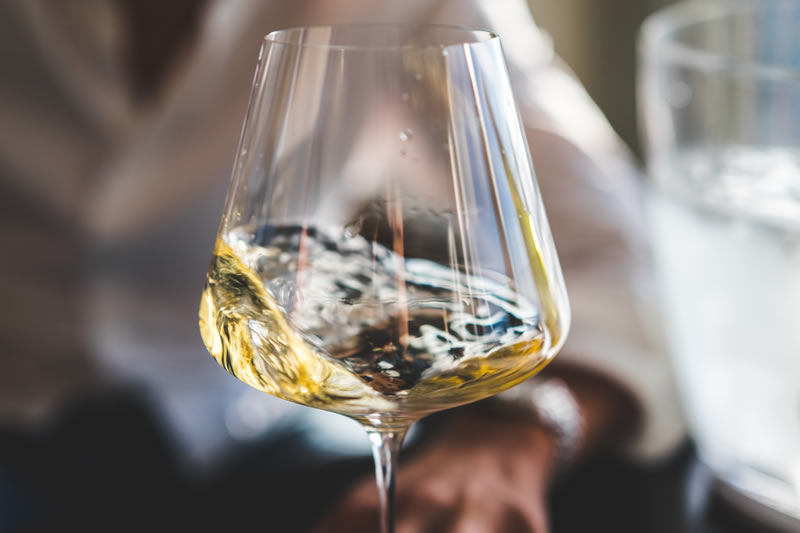
Now we’re onto something you likely didn’t know existed; Japanese wine. Up until recently this wasn’t given a second thought, but there have been improvements to Japanese winemaking techniques, resulting in rapid progress in the quality of Japanese wines. In 2020, Hokkaido’s “Camel Farm Winery” even won a Silver medal at the prestigious Decanter World Wine Awards! If you’re interested in visiting the wineries themselves, some of the more well-known areas for winemaking are Hokkaido and Yamanashi.
Typical drinking styles: As you would expect for wine!
Japanese whiskey

And finally, we have Japanese whiskey. Unlike Japan’s wine, which is still relatively unheard of, Japanese whiskey has been steadily making a name for itself. The first commercial production began in the early 1900s with the country’s first distillery, Yamazaki. Now there are a few different brands making their mark, such as Suntory and Nikka. Nikka produces the “Nikka Coffey Grain” whiskey (not made with coffee, but named after Mr. Coffey), which is aged in bourbon casks, and has a bourbon-like characteristic with notes of caramel and vanilla. There is a great variety of different Japanese whiskeys to try, and a number of different whiskey bars around Japan, including Nikka’s own Blender’s Bar in Aoyama, or the Yamazaki distillery bar in Yamazaki.
Typical drinking styles: Neat; on the rocks; with water; heated; as a highball cocktail
Useful Japanese drinking terms
Oyu-wari: With hot water
Rokku: On the rocks
Cha-wari: With tea
Mizu-wari: With water
Soda-wari: With soda
Sutoreito: “Straight”
Nomihoudai: All you can drink (usually referring to a 1-2 hour time period where you pay a set price and can order as many drinks as you like)
